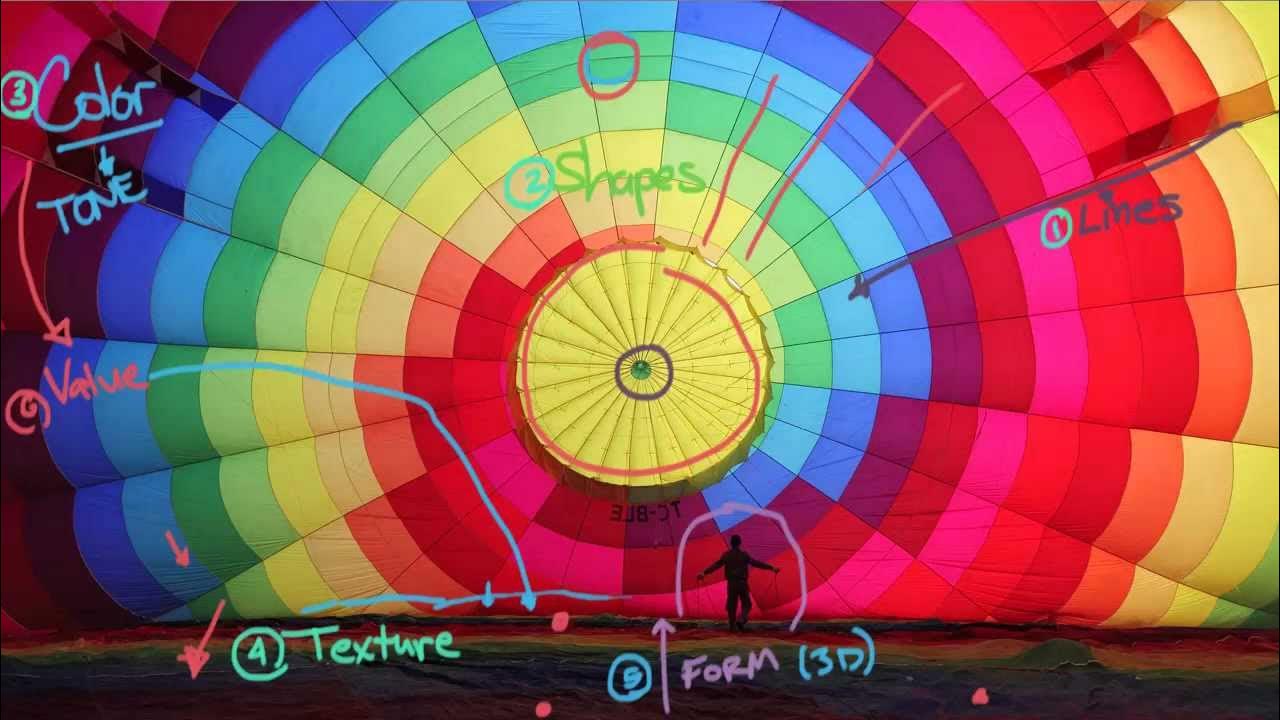"What is a Graphic Novel? (Part II)": A Literary Guide for English Students and Teachers
Summary
TLDRThis video script delves into the visual aspects of graphic narratives, using Art Spiegelman's 'Maus' as an example. It introduces five key terms for analysis: comic panels, gutters, bleeds, speech bubbles, and captions. The script discusses how these elements, including the juxtaposition of past and present, contribute to the narrative's complexity and invites viewers to interpret their meanings, emphasizing the reader's role in engaging with and completing the story.
Takeaways
- 📚 The script discusses the unique juxtaposition of images and text in graphic narratives, emphasizing their interplay in conveying the story.
- 🔍 It delves into the visual aspects of graphic narratives, introducing five key terms essential for analyzing their form, using 'Maus' by Art Spiegelman as an example.
- 🐭 'Maus' portrays Jews as mice, Nazis as cats, and Poles as pigs, raising questions about the function of this symbolic representation.
- 🎨 The concept of comic panels is introduced as the basic unit of time in a graphic narrative, with different styles like bordered and unbordered panels to distinguish between different time settings.
- 🤔 The script encourages viewers to consider why certain images are divided into panels rather than presented as a single image, prompting deeper analysis of the artist's choices.
- 🌐 'Gutters' are the spaces between panels, and 'bleeds' occur when elements of a panel extend into these spaces, creating visual continuity or emphasis.
- 💬 Speech bubbles are used for direct dialogue from characters, while captions provide narration or context, often placed near the panel border to avoid image distraction.
- 📐 The script highlights the importance of recognizing and analyzing visual narrative features like panels, gutters, bleeds, speech bubbles, and captions for a complex understanding of graphic narratives.
- 🧩 In a specific passage from 'Maus', the use of varying panel sizes, character appearances in gutters, and repeated panels with differences are noted as sophisticated narrative techniques.
- 💭 The placement of speech bubbles and captions in 'Maus' is pointed out as a significant narrative choice that can influence the reader's interpretation.
- 🔑 The script concludes by inviting viewers to engage with the text, find their meanings, and participate in the conversation that both the textual and visual narratives of 'Maus' initiate.
Q & A
What is a central question of the text in the video?
-The central question of the text is the function of the juxtaposition between the textual and visual narratives in graphic narratives, specifically in Art Spiegelman's 'Maus'.
What is the significance of the term 'juxtaposition' in the context of graphic narratives?
-Juxtaposition in graphic narratives refers to the way images and text operate side by side, highlighting both differences and similarities between the visual and textual elements of the story.
What role does the graphic narrative 'Maus' play in the video?
-'Maus' serves as an example to illustrate the terms and concepts discussed in the video, such as comic panels, gutters, bleeds, speech bubbles, and captions.
What are the basic units of time in a graphic narrative?
-The basic units of time in a graphic narrative are the comic panels, which segment the chain of events into discrete units.
Why does Spiegelman choose to have bordered and unbordered panels in 'Maus'?
-Spiegelman uses bordered panels for Vladek's past experiences in Auschwitz and unbordered panels for the present, helping to distinguish between the two time settings.
What is the purpose of separating a larger image into discrete panels?
-Separating a larger image into discrete panels allows the artist to control the pacing, focus, and narrative flow, as well as to convey specific meanings through the arrangement.
What is the term used for the space between panels in a graphic narrative?
-The space between panels is called a 'gutter', which can sometimes be used creatively to create effects like 'bleeds'.
What is a 'bleed' in the context of graphic narratives?
-A 'bleed' occurs when an element from one panel extends into the gutter, creating a visual continuity or effect that spans across panels.
What are the two kinds of words that appear in panels of a graphic narrative?
-The two kinds of words are direct dialogue spoken by characters, placed in speech bubbles, and narration spoken by a narrator, placed in captions.
How does the placement of speech bubbles and captions contribute to the narrative?
-The placement of speech bubbles and captions can guide the reader's attention, provide context, and avoid distracting from the images, contributing to the overall narrative flow and understanding.
What does the video encourage viewers to do with their observations of the graphic narrative's formal features?
-The video encourages viewers to engage in the process of interpretation, finding their own meanings in the passages and entering into a conversation with the narrative.
Outlines

This section is available to paid users only. Please upgrade to access this part.
Upgrade NowMindmap

This section is available to paid users only. Please upgrade to access this part.
Upgrade NowKeywords

This section is available to paid users only. Please upgrade to access this part.
Upgrade NowHighlights

This section is available to paid users only. Please upgrade to access this part.
Upgrade NowTranscripts

This section is available to paid users only. Please upgrade to access this part.
Upgrade Now5.0 / 5 (0 votes)





